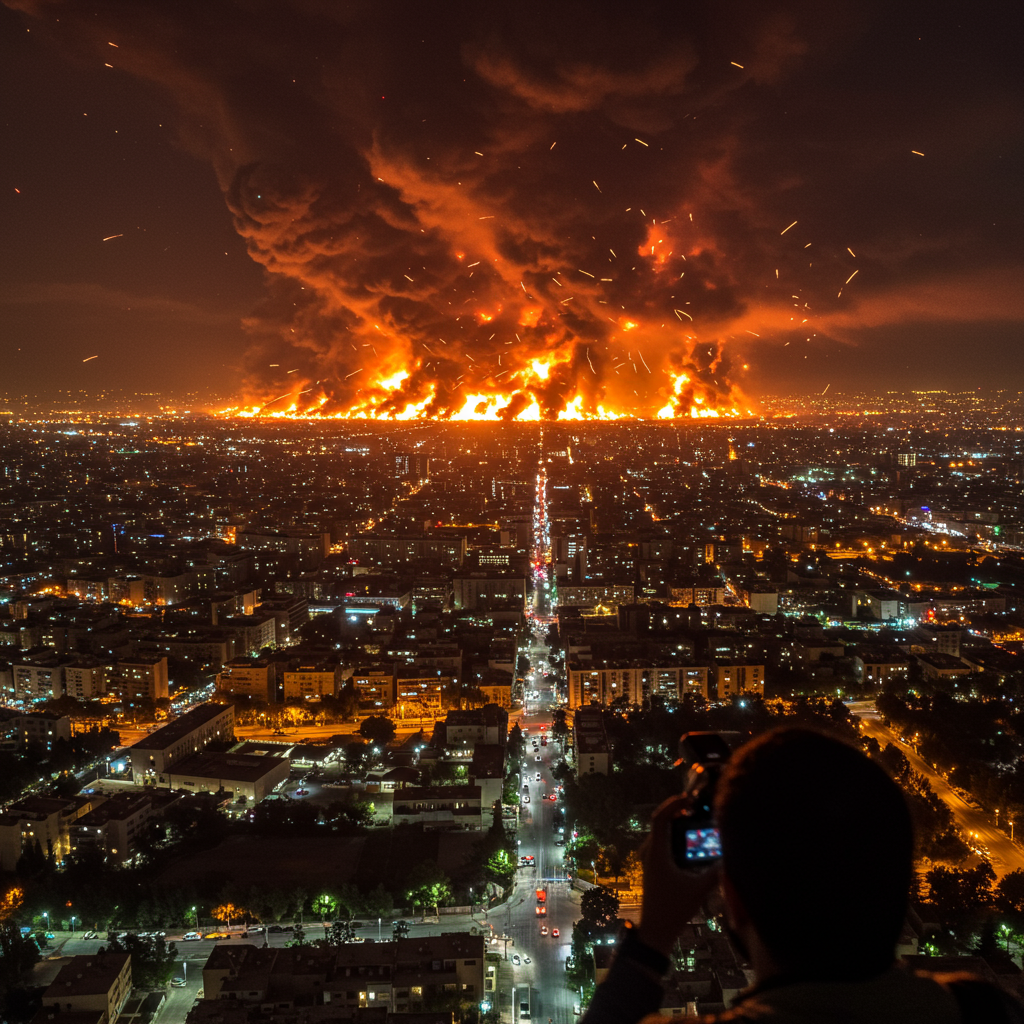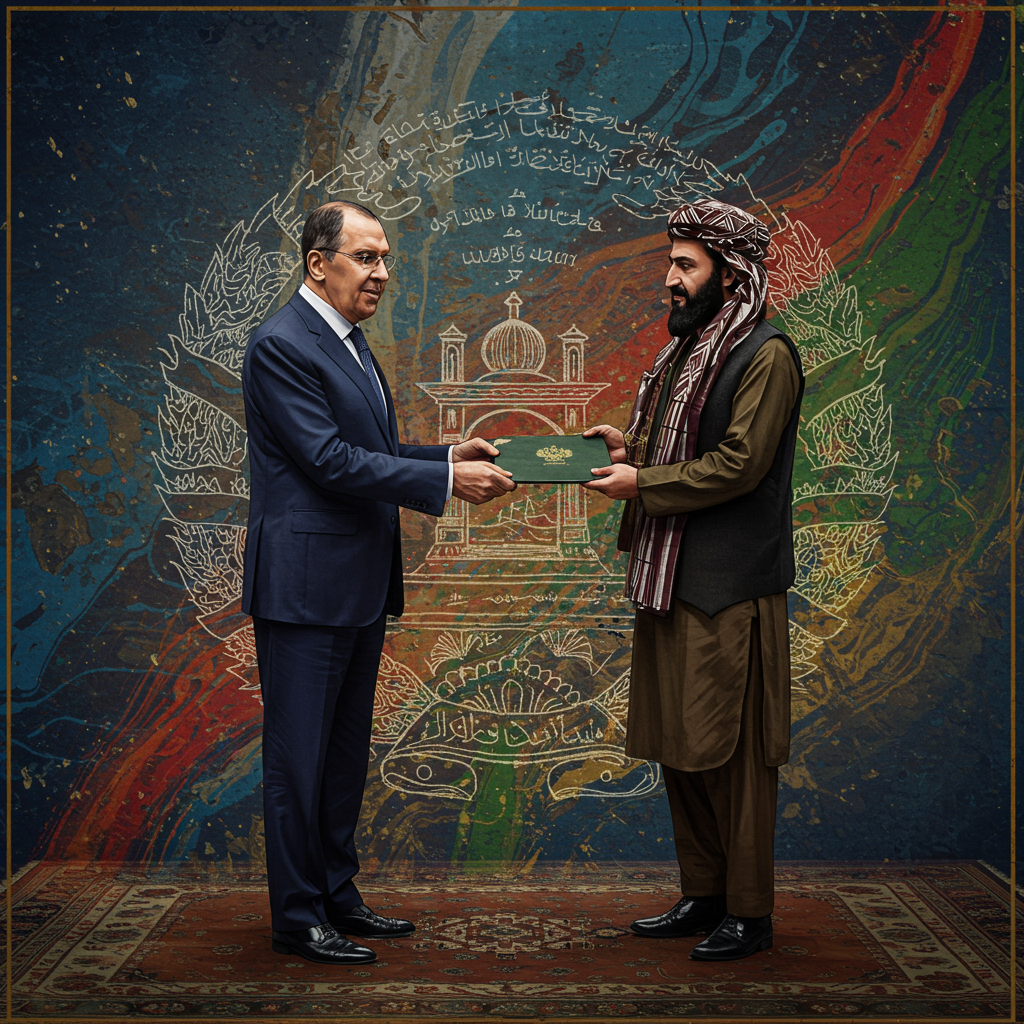Just hours before a fragile ceasefire was set to take effect, Iran’s capital, Tehran, endured its most intense and sustained period of Israeli airstrikes since the conflict began on June 13. Residents described a night sky illuminated by massive flames and thick billows of smoke rising over the city as the bombardments continued relentlessly until close to sunrise on Tuesday.
The attacks preceded announcements from both sides regarding a truce. Former U.S. President Donald Trump declared late Monday evening (around 1:30 a.m. Tuesday in Tehran) that Israel and Iran had agreed to a ceasefire. Iran’s state television later confirmed early Tuesday morning local time that an agreement had been reached.
A Conflict’s Escalation Precedes the Calm
The intense strikes on Tehran were part of a wider conflict that had raged for nearly two weeks. Israel initiated significant military action on June 13, citing concerns over Iran’s nuclear program and claiming Iran was nearing the capability to build a nuclear weapon. These strikes targeted not only military and infrastructure sites but also controversial nuclear facilities like Fordo, Natanz, and Isfahan, as well as command centers, missile production sites, radar installations, and even Tehran’s notorious Evin prison and the headquarters of the Basij militia.
Iran retaliated with its own missile strikes, targeting areas in southern Israel, including the city of Beersheba, which sadly resulted in civilian casualties and damage to homes and public buildings. Iran also launched attacks on U.S. military bases in the region, viewing U.S. involvement as supporting Israeli aggression.
Grave Concerns Over Nuclear Facility Strikes
A major point of alarm throughout the conflict was the targeting of Iran’s nuclear sites. International Atomic Energy Agency (IAEA) officials voiced serious concerns about nuclear safety and security risks. Strikes on facilities like Natanz raised fears of radiological and chemical contamination within the site, while a direct hit on the Bushehr Nuclear Power Plant was warned could lead to a reactor core meltdown and significant release of radioactivity. The damage assessment, particularly at underground facilities like Fordo and Arak (a heavy water reactor facility), proved difficult, adding to the uncertainty about the full impact and potential hazards.
Ceasefire Announced Amidst Confusion and Accusations
While the ceasefire was announced, its immediate implementation was marred by confusion and mutual accusations of violations. Some reports indicated Israeli strikes continued right up until the ceasefire was meant to begin, including a “powerful strike” hours before the scheduled 7:00 AM truce time.
Conversely, reports emerged that Iran launched missiles after the ceasefire was supposed to be in effect. In response, Israel confirmed hitting a radar installation near Tehran hours after the truce, stating it was a direct retaliation for perceived Iranian violations. Iran denied firing missiles after the deadline, instead claiming they had hit military targets in Israel in the “final moments before the ceasefire was imposed.” President Trump publicly expressed frustration with both nations, criticizing their actions following the announced truce.
The intense bombardment of Tehran in the moments leading up to the ceasefire underscores the volatile nature of the conflict and the significant challenges in establishing a lasting peace between Israel and Iran. While the guns fell silent over the capital as dawn broke, the immediate aftermath revealed a deeply fragile truce, threatened by mistrust and continued skirmishes.
Beyond the direct military exchanges, the conflict led to significant regional disruption, including airspace closures, widespread internet blackouts in Iran, and international condemnation and calls for de-escalation from various global bodies and nations. The human cost mounted, with casualties reported on both sides, including a high number of civilian deaths in Iran according to human rights groups.


